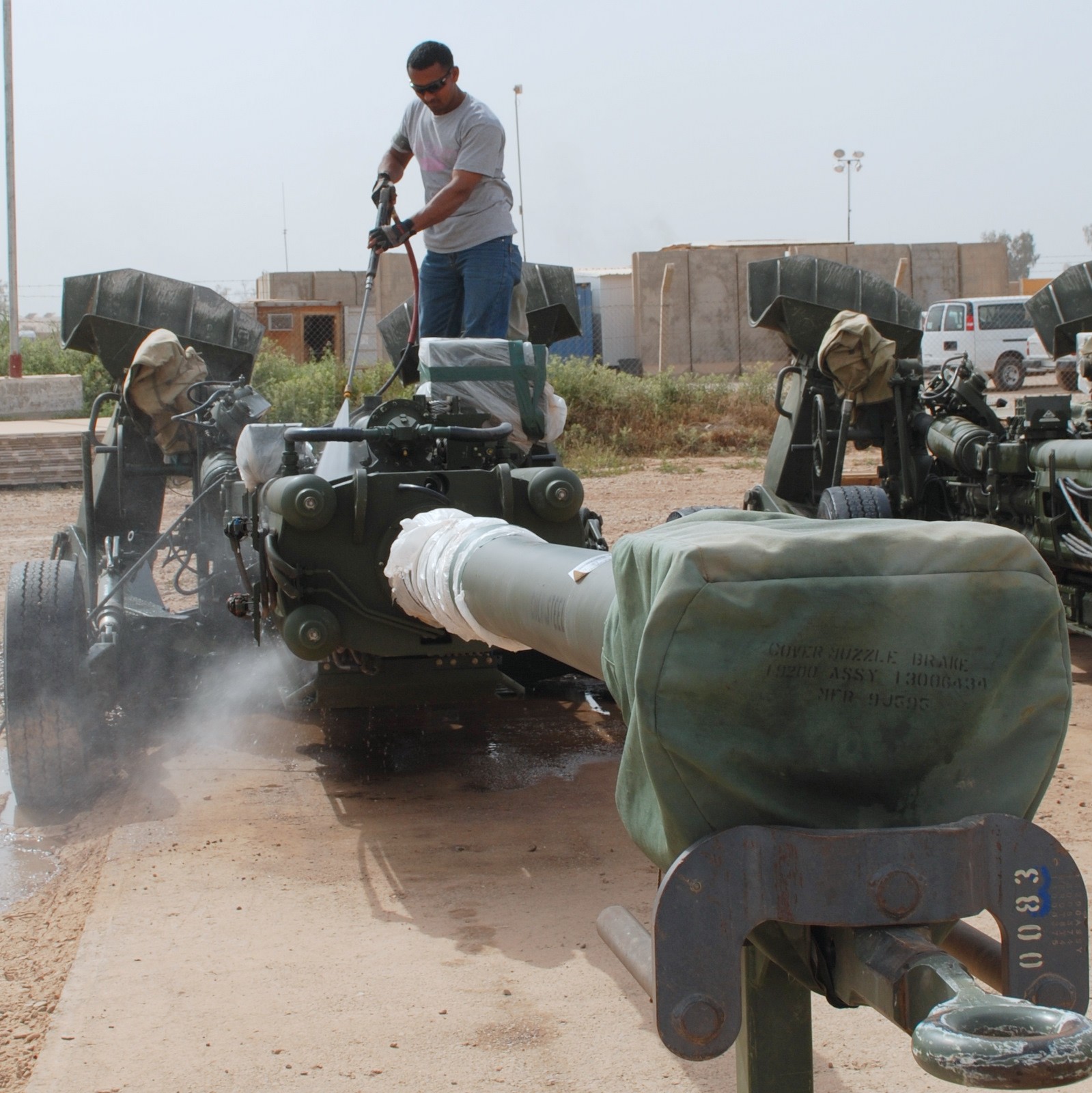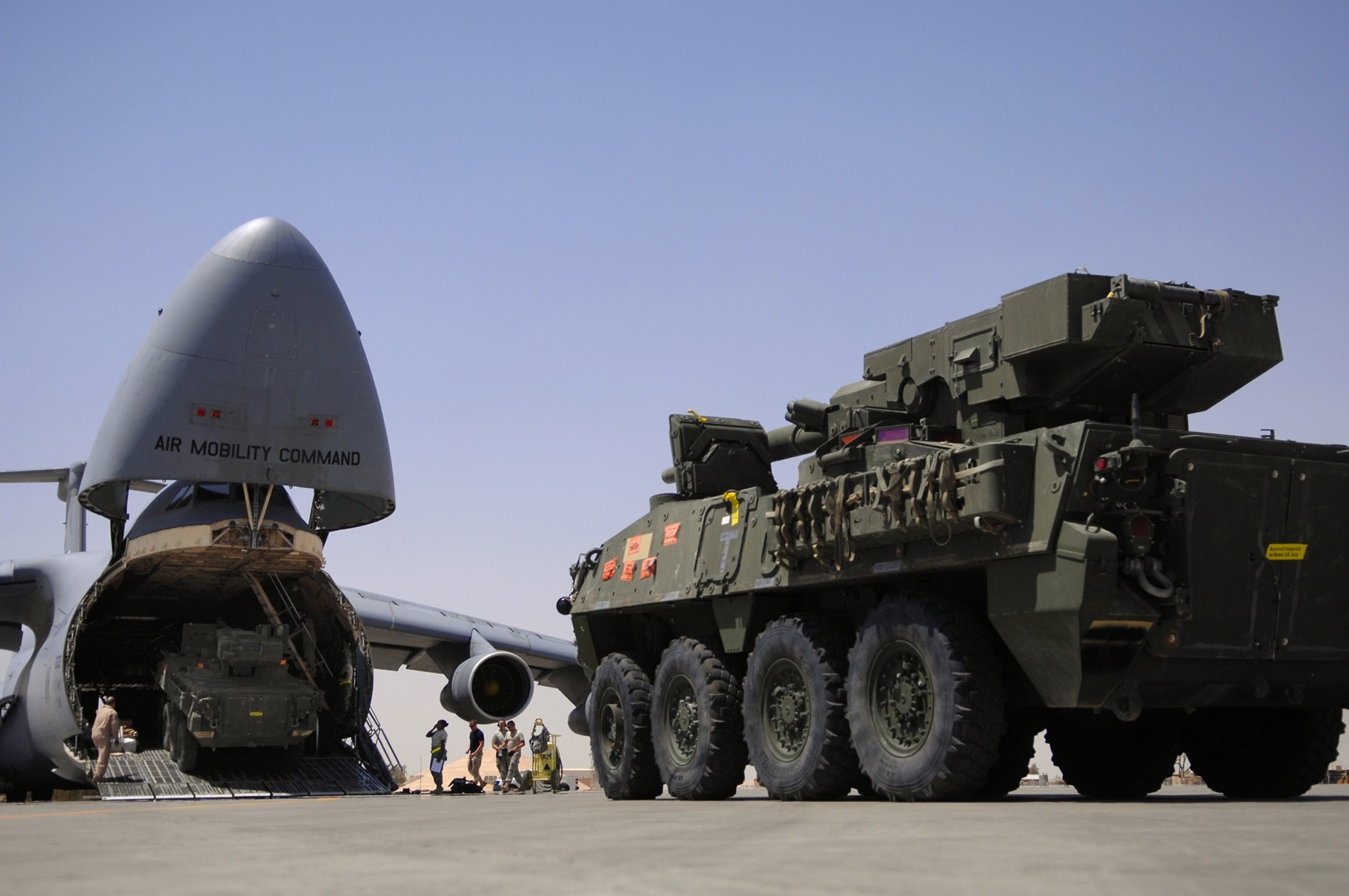JOINT BASE BALAD, Iraq - Facing what Lt. Gen. James H. Pillsbury, Army Materiel Command deputy commanding general, called a tsunami of equipment to be returned to the United States, the 2nd Battalion, 402nd Army Field Support Brigade (Iraq) is doubling its capacity to retrograde some high-priority materiel faster and more cost-effectively.
For the last 17 months, vehicles, palletized equipment and containers eligible for the Transportation Priority 4 program have been shipped directly from Joint Base Balad, Iraq, to the United States at a substantially reduced cost and in about one-third the time of conventional shipping while maximizing cargo space on aircraft returning to the States.
The battalion works with the U.S. Air Force Air Mobility Command to leverage empty space on cargo planes headed back to the States and has shipped hundreds of items resulting in a cost avoidance of more than $3,500,000. TP4 has also reduced the shipping time from an average of 90 days to about 32 days.
The advantages are many: maximizing use of cargo space on aircraft returning to the States; reducing the number of convoys taking equipment out of Iraq; reducing the volume of equipment waiting to be transported from Kuwait; cost avoidance; faster delivery to the source of repair; and expediting reset and return of high-priority equipment to the Warfighter.
Recently, the 15-person team at Balad began processing the first of 17 Strykers by having three driven onto wash racks for a thorough agricultural cleaning inside and out. The mission-specific armor and sensitive electronic equipment were removed at the Stryker Forward Repair Area located nearby.
Processing each vehicle takes about one day, said Jaime Salazar, TP4 team supervisor. The vehicles are cleaned to meet strict standards using pressure washers and vacuum cleaners to ensure that there is no dirt, vegetation or insect infestation in or on the vehicles. Fluid levels are also adjusted to required levels
"These guys [TP4 team] are excellent," Salazar said. "They know what Customs looks for."
Before being loaded onto huge cargo planes, U.S. Navy Customs inspectors inspect the vehicles while they are still on the wash racks. When the inspectors arrive, drivers are standing by and all the paperwork for shipment and onward disposition is in hand so there will be no delay when the vehicles are cleared. Once cleared by Customs, the vehicles are moved to a "sterile yard" awaiting shipment, then flown directly to the States and where they are routed to appropriate sources of repair.
The Balad TP4 site can process four vehicles simultaneously, taking up to three days to process each vehicle. TP4 throughput will be doubled this month when a second site opens at Victory Base Complex in Baghdad, mirroring the Balad facility.
True to the battalion motto, TP4 teams "Keep it Moving."




Social Sharing